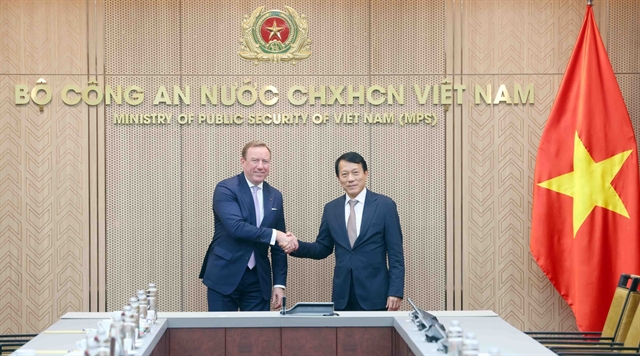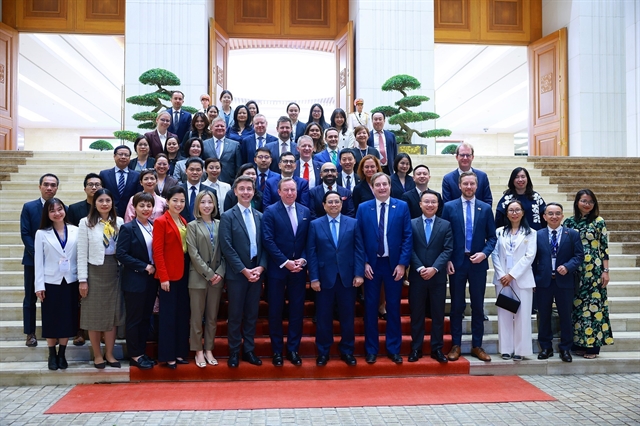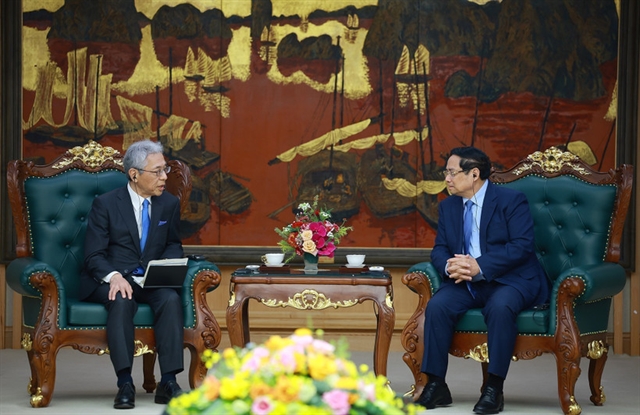 Economy
Economy
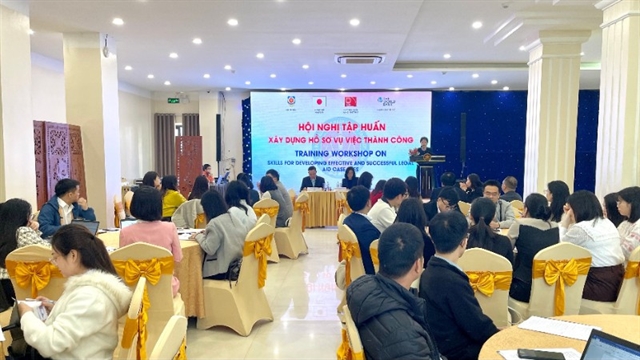
Chief Representative of Japan External Trade Organisation (Jetro) Hironobu Kitagawa talks with Việt Nam News reporter Tạ Thu Giang.
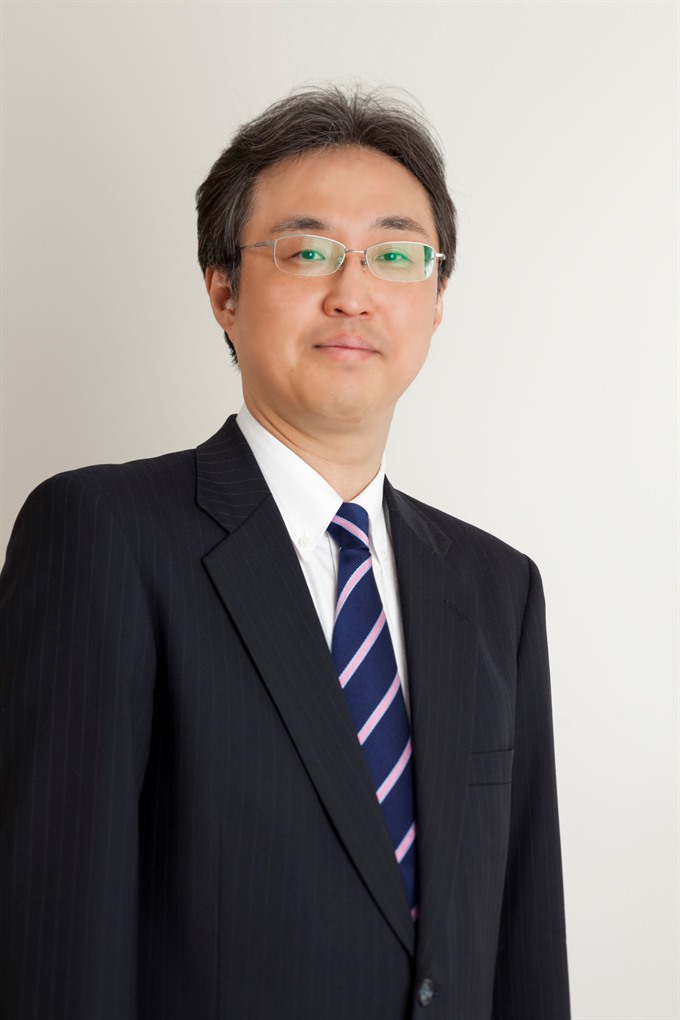 |
| Chief Representative of Jetro Hironobu Kitagawa. |
Việt Nam has to build on its impressive agricultural successes in the past few decades by deploying advanced technology and building a brand name for every product, Chief Representative of Japan External Trade Organisation (Jetro) Hironobu Kitagawa talks with Việt Nam News reporter Tạ Thu Giang.
How do you evaluate the development of hi-tech farming in Việt Nam?
I think Việt Nam should be proud of many products including coffee and cashew, which have achieved the highest output in the world. But it would be a waste if Việt Nam stops here.
To create more opportunities to develop agriculture, I think Việt Nam needs to continue to improve and increase its output by using advanced technologies and marketing its products better in both domestic and foreign markets.
In my opinion, the country needs to build brand name for every agricultural product. For this, it’s necessary that many things happen in tandem, including modernisation of technology, creating new, quality products and generating opportunities for investors. The most important thing is that to help local farmers access new farming technologies, the Vietnamese Government should take steps to support them, especially with funding.
How do you see the role and potential of Japanese investment in developing hi-tech farming in Việt Nam?
We can see that investment by Japanese businesses in this field has rapidly risen in recent years. There are four reasons for this.
Firstly, the investors, including Japanese businesses, have seen great potential in Vietnamese agriculture.
Secondly, Việt Nam has not yet developed agriculture systematically, especially in linking farming, transportation and to consumption, so it has failed to create a value-added chain in production. Meanwhile, Japanese businesses have the knowhow for this, and are capable of investing in the production chain in Việt Nam.
Thirdly, Vietnamese businesses should also strengthen co-operation with Japanese firms in the agro-products processing industry, which has also seen unsystematic growth. This will help create added value.
Fourthly, the living standard and income of Vietnamese people have increased, generating demand for high-quality agricultural products. This presents opportunities for Japanese businesses to invest in the farming chain including upgrading arable soil and transferring growth technologies, which can help farmers get products of similar sizes and quality. Another area is applying information technology, which would cover a system for weather forecasts in specific areas.
What do you feel are the biggest obstacles to development of hi-tech farming in Việt Nam?
The definition of hi-tech farming is not yet clear in Việt Nam. To develop hi-tech farming, the Government should clarify this.
Japanese businesses can also help with mechanisation, a key step for raising output in Việt Nam. We want to know what areas have been selected for hi-tech farming in the country. Based on this, we can make detailed plans to develop business here.
We also need to know why the products have been selected for hi-tech farming as well as their development potentials.
In addition, I think foreign investors are facing difficulties with hi-tech farming sites. The Government and local authorities need to mark off areas for hi-tech farming, which should be like industrial parks, to help investors develop business here. It’s also necessary to build up co-operation among local authorities, Jetro and producers.
Infrastructure is inadequate. As you know, after harvesting, the farmers will have to transport their products to the market in the shortest possible time, so they need a convenient traffic system, in addition to relevant facilities like preservation equipment.
What can be done to attract more investors to the “From Farm to Table” value chain, and take domestic brands to consumers across the world?
I can share my ideas about this. We are conducting a project on developing co-operation in different areas.
For example, we are considering linking Việt Nam’s hi-tech farming production with Japan’s food processing, or retailers like Aeon – creating a chain to develop business together.
Vietnamese products can be designed under Japanese models – helping each other to promote consumption in the country and elsewhere.
I think we need to share information with each other before considering matching various sectors together. We have to connect production, processing and packaging to raise the value of Vietnamese products to its top possible level.
The country must produce safe products on the domestic front first, then it will be noticed, and these safe and high-quality products can be exported to foreign markets.
Are there many Japanese businesses investing in hi-tech farming in Việt Nam?
Japanese businesses have carried out 43 projects in agriculture, forestry and seafood sectors in Việt Nam. All of these are equipped with advanced technologies. Many businesses have been successfully growing tea, tomato seeds, strawberry and other produce.
Japanese businesses are concerned with producing products that will be accepted by the businesses and the market, so we need to know what the market needs, and based on that, produce products of high quality at minimal costs. It’s necessary to build up awareness among producers that they will fail if their products do not meet the market’s demand for safety and quality.
In Japan, the farmers are confident about putting names and faces on their products, because they are confident about their quality. — VNS



